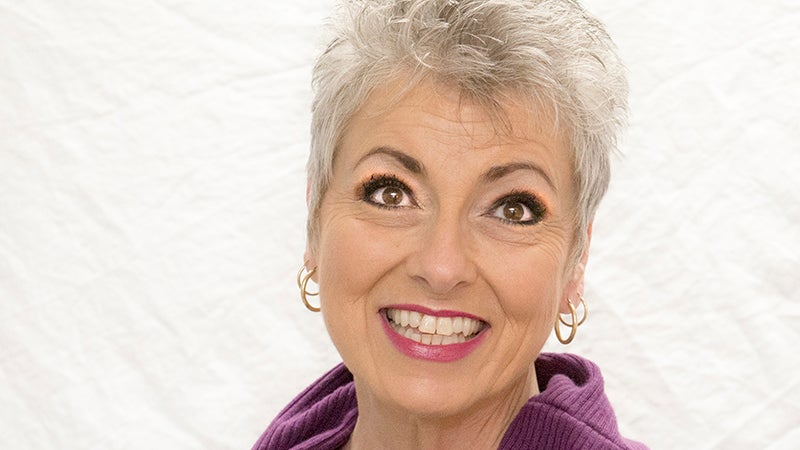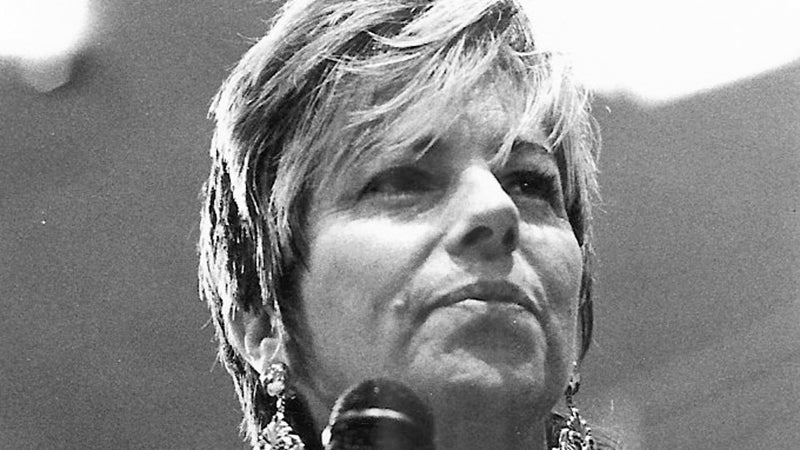JODY HOLTON — Could it be a Stroke? It helps to be able to spot signs
Published 12:02 am Sunday, July 24, 2022
|
Getting your Trinity Audio player ready...
|
Could I be having a stroke? Unlike many medical issues, such as heart attacks, the symptoms of a stroke aren’t painful or acute.
If you have some numbness or weakness in your arm, that doesn’t hurt, it could be a stroke.
Heart attacks hurt. For many people a stroke does not hurt. Some individuals will experience a sudden, severe headache during a stroke and will feel pain.
One way to quickly remember the symptoms is the acronym FAST, which stands for face, arms, speech and time to call 911.
F-Face Drooping. Does one side of the face droop or is it numb? Ask the person to smile.
A-Arm Weakness. Is one arm weak or numb? Ask the person to raise both arms. Does one arm drift downward?
S-Speech Difficulty. Is speech slurred, are they unable to speak, or are they hard to understand? Ask the person to repeat a simple sentence, like “the sky is blue.” Is the sentence repeated correctly?
T-Time to call 9-1-1. If the person shows any of these symptoms, even if the symptoms go away, call 9-1-1 and get them to the hospital immediately. Quick treatment is crucial.
Physical and even cognitive issues can make it difficult for a person to help themselves. In these cases, an onlooker could mean the difference between life and death.
A stroke can produce very severe neurological problems like paralysis, but because it affects the brain at the same time, that can impair the person’s ability to recognize that anything’s wrong.
A person can have complete paralysis and crash to the floor, but then if you ask them if anything’s wrong, they may say no. Many people may want to call their family doctor in this situation, but it’s best to just call 911.
The doctor might say, ‘Well, come to the office, I’ll check your blood pressure.’ But it doesn’t get the patient to the emergency department quickly, where they need to be in order to be treated. Quick treatment may mean the difference between complete recovery or death.
Education is paramount. The healthcare industry has made great strides through constant efforts in public education in the past 20 years.
But there are still major gaps in public education to recognize the signs and symptoms of a stroke.
Strokes can and do happen at any age. It is not just an “elderly person” health issue.
While hospitals and health networks can work to improve treatment time for stroke patients, they can only begin to help once the patient — or someone else — has taken the initiative to come to the hospital.
There is a narrow window of time that the clot buster medication tPA can be given.
One thing to emphasize is patient education, awareness of the signs and symptoms of stroke, and the importance of calling 911 if you see those symptoms.
Don’t go to bed and think it’s going to go away, because you may wake up with a much larger stroke if you go to bed with symptoms. That is one thing that is entirely dependent on patient education.
Take care, my friends, don’t gamble with your health. As mama used to say, “Better safe than sorry.”
Jody Holton writes about health for Port Arthur Newsmedia. She can be reached at jholton3@gt.rr.com.






